UHSAA board of trustees approves new transfer student, international student rules for athletics
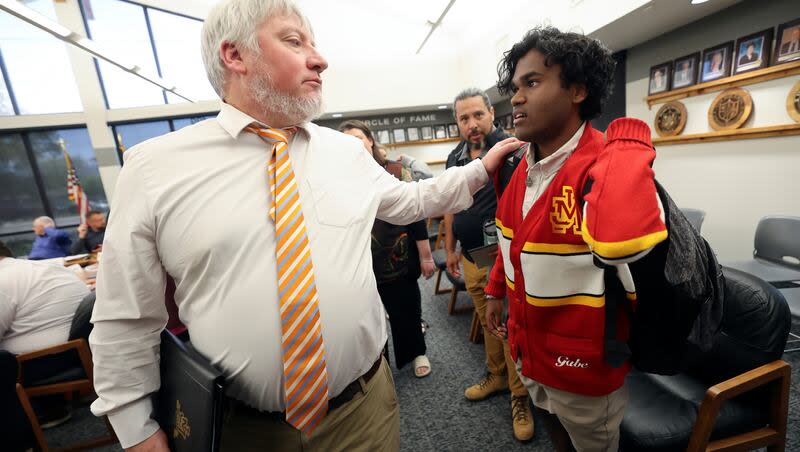
After discussion for nearly two hours on Wednesday, the UHSAA board of trustees voted to approve the new transfer student rules and international student rules for athletic eligibility.
Each UHSAA member school will vote on the rules in the coming weeks, and if two-thirds vote in favor of the changes, it will take effect for the 2024-25 school year.
There was no public pushback about the transfer rule, with the board of trustees voting unanimously about the changes. Fourteen of the 15 board of trustees members voted in favor of the international student rule changes, with Craig Morris, the private school representative, abstaining.
Administrators from private schools Judge Memorial, Layton Christian, Mount Vernon and St. Joseph spoke to the committee at the start of the meeting about why they disagreed with the rule changes, as did four student-athletes. Representatives for Juan Diego were there, but had Judge Memorial speak on its behalf.
The board of trustees discussed those issues and were sympathetic to them. A motion was even brought up to add an amendment to the international student rule to grandfather in 2025 students, but it was voted down. The majority wanted member schools to have the final vote on the matter.
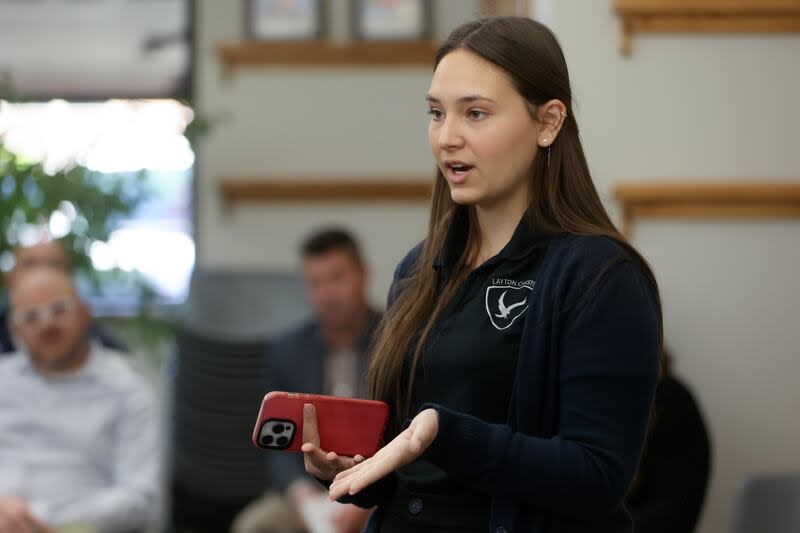
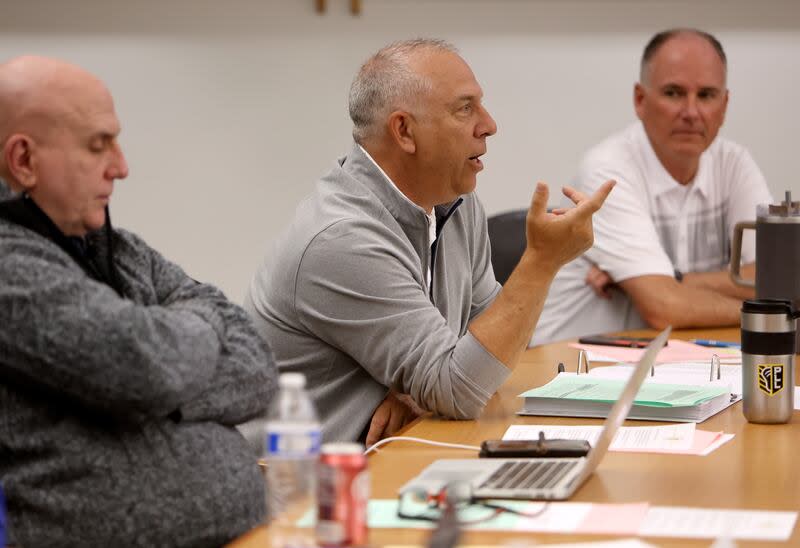
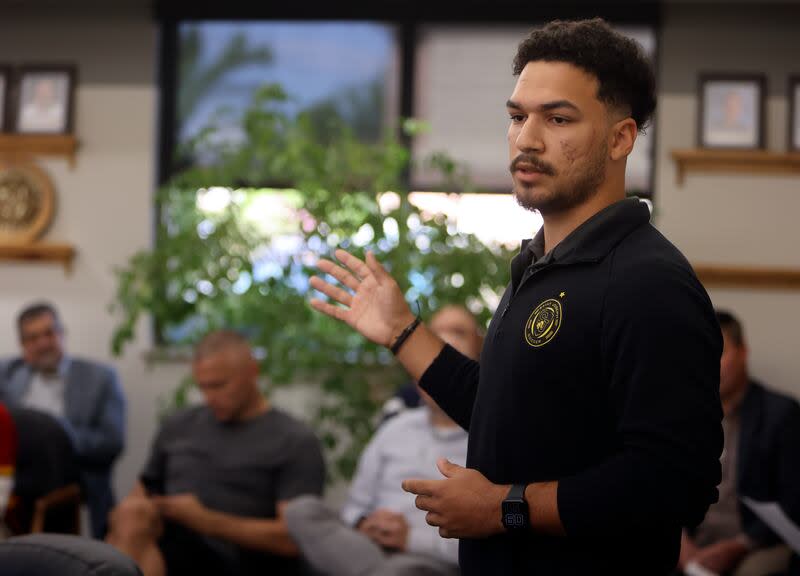
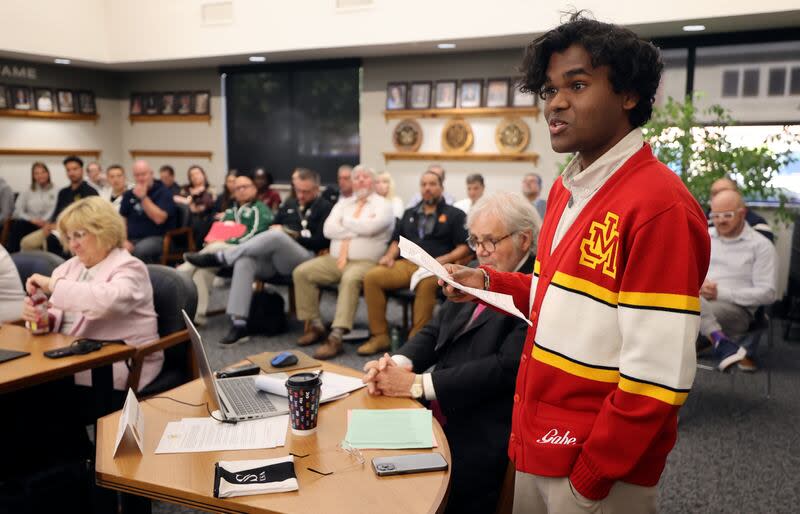
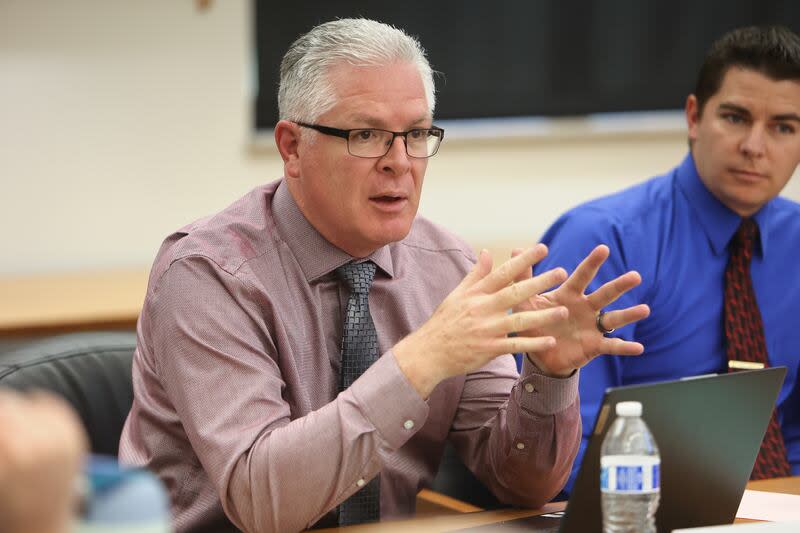
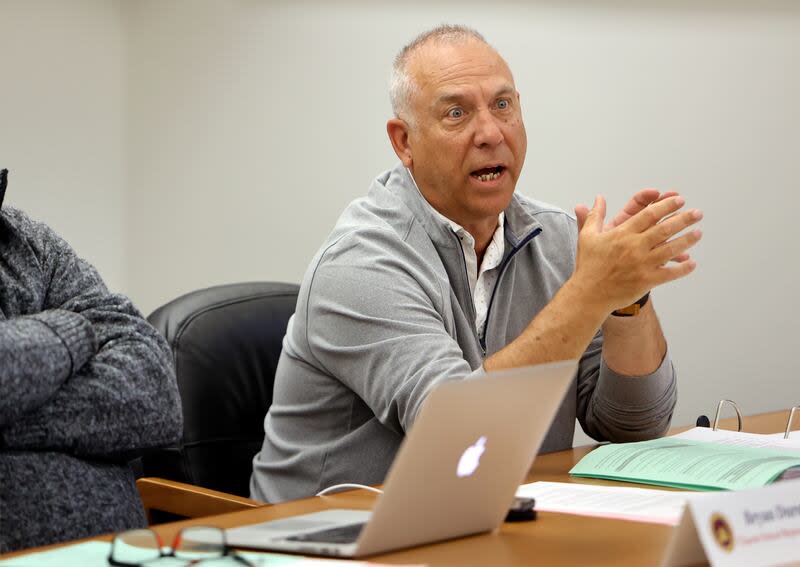
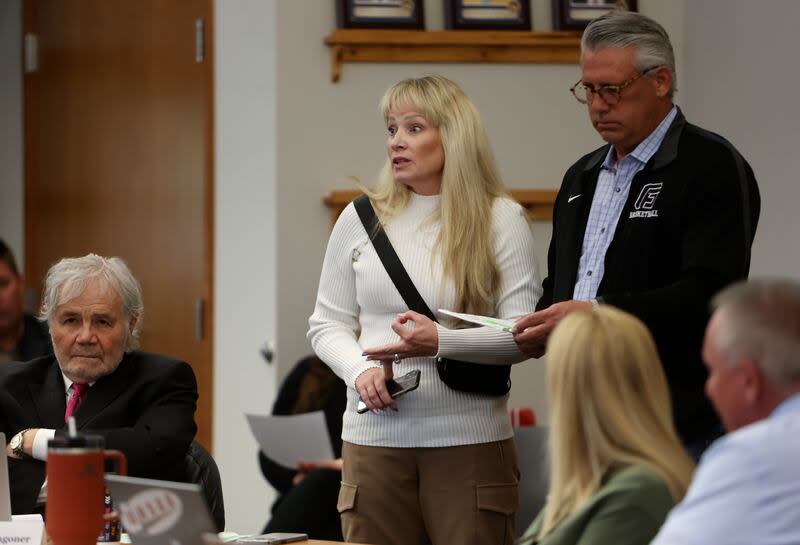
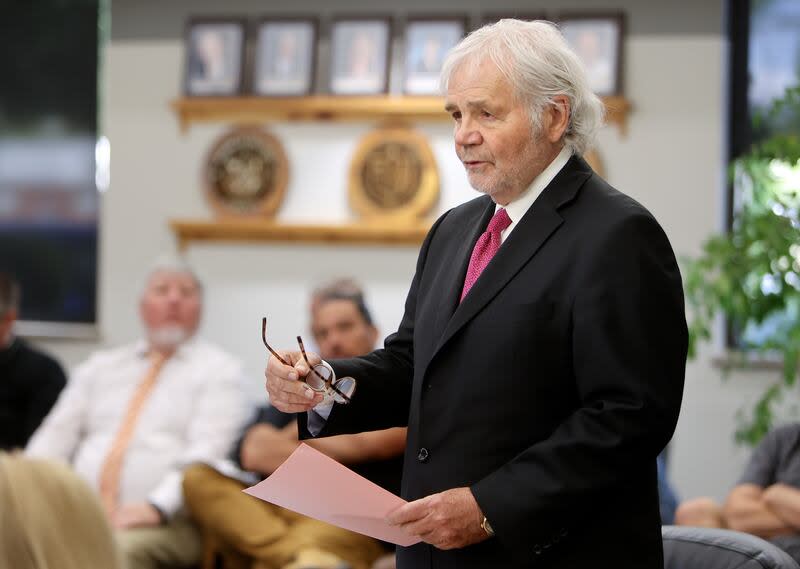
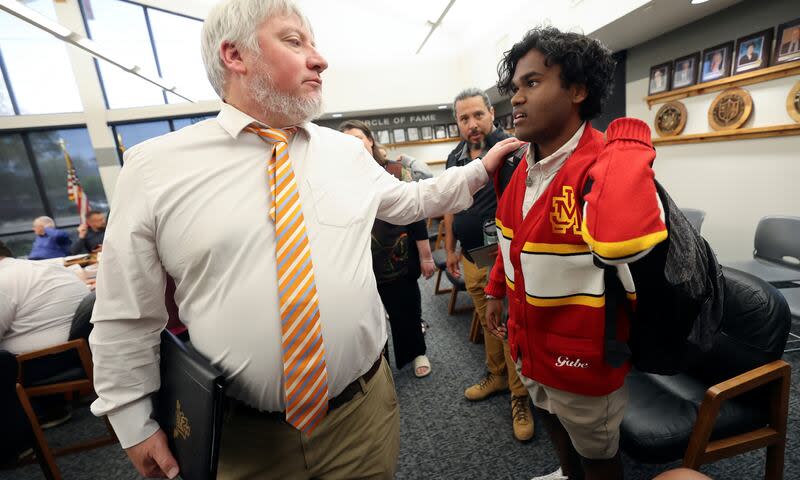
UHSAA attorney Mark VanWagoner made a point of clarifying in the meeting that the new rule isn’t a ban on international students competing in varsity high school sports in Utah. But rather, if the new rule is voted in, student-athletes in the United States on F-1 visas are no longer eligible to compete in state tournaments.
They can compete in preseason and region games, but not in the state tournaments. That will put schools and teams with F-1 student-athletes in a difficult position going forward as they select their rosters and determine if they want to compete in the playoffs.
Teams and schools also have the option of following in the footsteps of Wasatch Academy’s boys basketball team, which has played an independent schedule for nearly a decade after forgoing competing in a region in Utah.
In the proposal the board of trustees voted on, it stated, “The UHSAA recognizes the concerns of its member schools related to displacement of Utah students by students from foreign countries as well as recruiting of foreign players to be placed with Utah high schools. These rules are intended to preserve interscholastic competitive opportunities for Utah students and promote the unique competition fostered by the UHSAA.”
Not allowing student-athletes on F-1 visas to complete in the state tournaments is the proposed solution.
An F-1 visa allows foreign-exchange students to come to the United States and choose the school they enroll at and their host family. Some believe the program opens the door for schools to possibly recruit foreign players, and VanWagoner is investigating some of those accusations.
Judge Memorial principal Patrick Lambert suggested the committee hold off on rule changes until those investigations are over, but they declined to discuss it. He also suggested having international students be ineligible to play varsity sports their first year, but that also wasn’t considered.
Students who come to the United States on J-1 visas will continue to be eligible to play varsity sports. Those students come to the U.S. through an agency and they don’t get to pick which school or state they’re sent to. Those visas are only good for one school year (August-June).
While the board of trustees discussed at length the international student rule changes, there wasn’t much discussion about the transfer rules the executive committee approved unanimously last week.
The UHSAA transfer rules have been criticized for years for being “too loose,” and the alterations to those rules are meant to tighten them up.
The proposal on the transfer rules states, “The Transfer Rule is an integral part of the Association’s ability to create, administer and maintain the valuable and unique form of competition it offers. This unique form of competition is a carefully constructed system that promotes competitive balance and serves the mission and purpose of education-based sports and activities. Association sports and activities are intended to foster a sense of community as well as to teach teamwork and discipline.”
The new rules allow for students to transfer from one school to another; however, for transfers that don’t qualify for a waiver, the student must sit out the first 50% of that season’s varsity or sub-varsity competitions, or 30 days, whichever is greater.
Students seeking a second transfer will be ineligible for one year from the date of enrollment.
Students can still transfer without the 50% penalty if they are granted a transfer waiver, but the process of obtaining those waivers will be much more stringent, and mostly handled by the schools involved and not executive committee meetings.
Under the proposal, no more guardianship changes will be allowed if a student still has a living parent, unless there has been determination of abandonment, or the student is a dependent juvenile as determined by the Utah Code.
Secondly, family moves can only be approved if it involves a full family move and meets Bona Fide Change of Residence guidelines in the proposal. Applications for the family move waiver will only be approved by the UHSAA if it receives certification in writing from both schools. There are five bullet points in the proposal that went into great detail about what qualifies as a bona fide move.
Changes to the anti-bullying waiver will now require documentation from the sending school’s administration for the waiver transfer to be approved. There will no longer be executive committee hearings on the matter.
Other exceptions to transfer rules still include death, divorce and school closure.
The stricter transfer rules are meant to limit the UHSAA hearings on transfers — which were 150 last school year, according to VanWagoner — and make the process a documented administrative exchange between schools.
Despite the transfers being more freely allowed, undue influence and recruiting are still not allowed.


